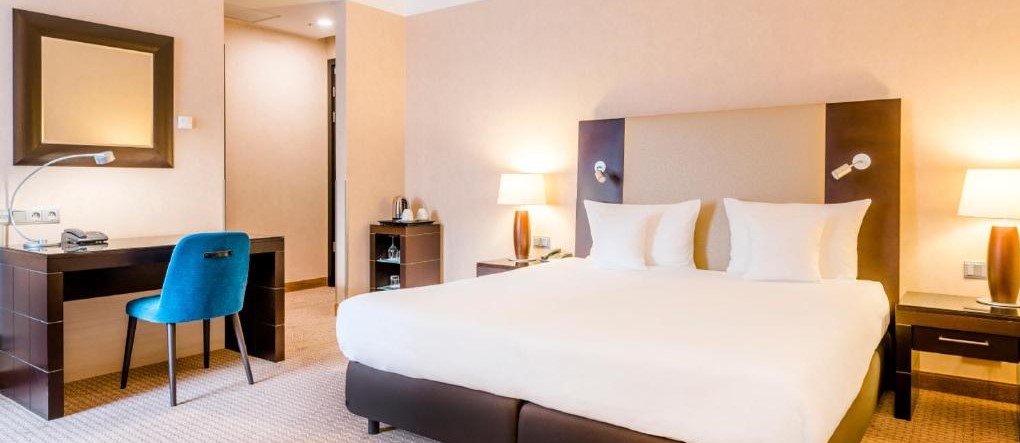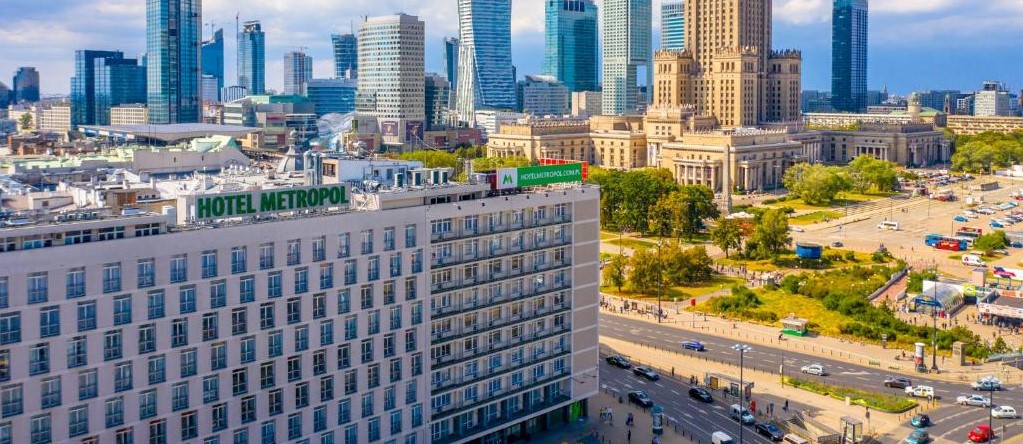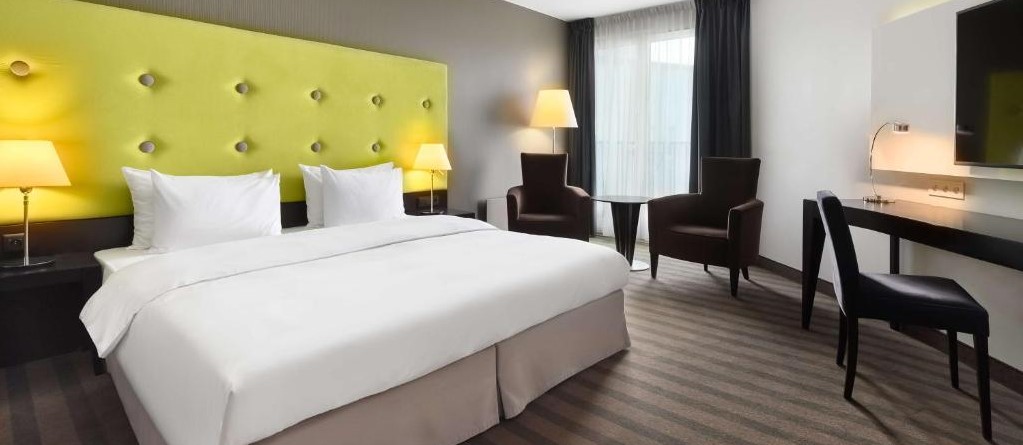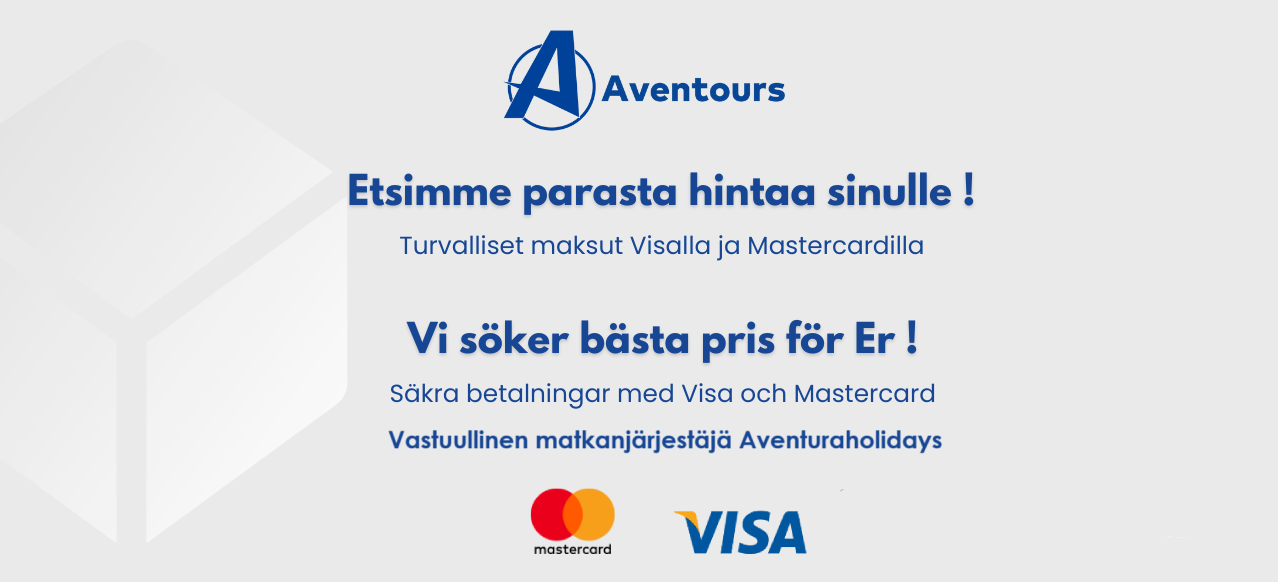WARSAW
Varsova
Euroopan unionin kahdeksanneksi suurin kaupunki, Varsova, puhuttelee monipuolisella kulttuuritarjonnallaan. Toisen maailmansodan jälkeen uudelleenrakennettu Varsovan vanha kaupunki yhdistyy näyttävästi 2000-luvulla kaupunkikuvaan nousseisiin moderneihin liikerakennuksiin ja pilvenpiirtäjiin.
Lämmin kausi Puolassa kestää huhtikuusta lokakuun alkuun asti, jonka jälkeen syyssateet rantautuvat hiljalleen Keski-Euroopan itäosaan. Sadepäivä ei latista kulttuurikaupungin rientoja, sillä museoista, näyttelyistä ja konserteista pystyy nauttimaan laajasti sisätiloissa. Syyskuussa lämpöasteet nousevat parhaimmillaan jopa + 26 ℃ ja lokakuussa + 20 ℃ kieppeille.
Varsovalla on paljon annettavaa niin tieteistä, taiteesta kuin historiastakin kiinnostuneelle matkailijalle. Mielenkiintoisimpiin nähtävyyksiin lukeutuu vuonna 2013 valmistunut Polin -Puolanjuutalaisten historiamuseo, joka on suomalaisen arkkitehdin Rainer Mahlamäen suunnittelema luomus. Varsovan geton ydinalueella sijaitseva rakennus julistaa valoa ja elämää ja tarjoaa 4500 neliömetrin edestä vaihtuvia näyttelyitä.
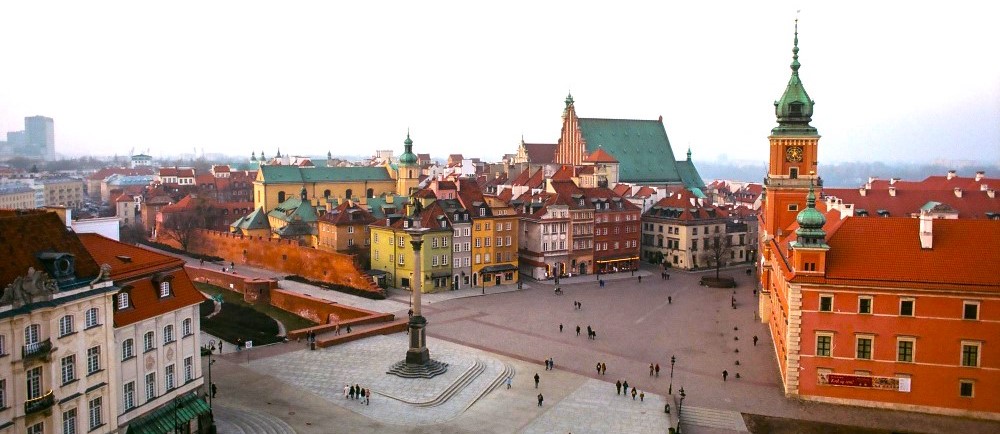 Kuninkaallinen linna
Kuninkaallinen linna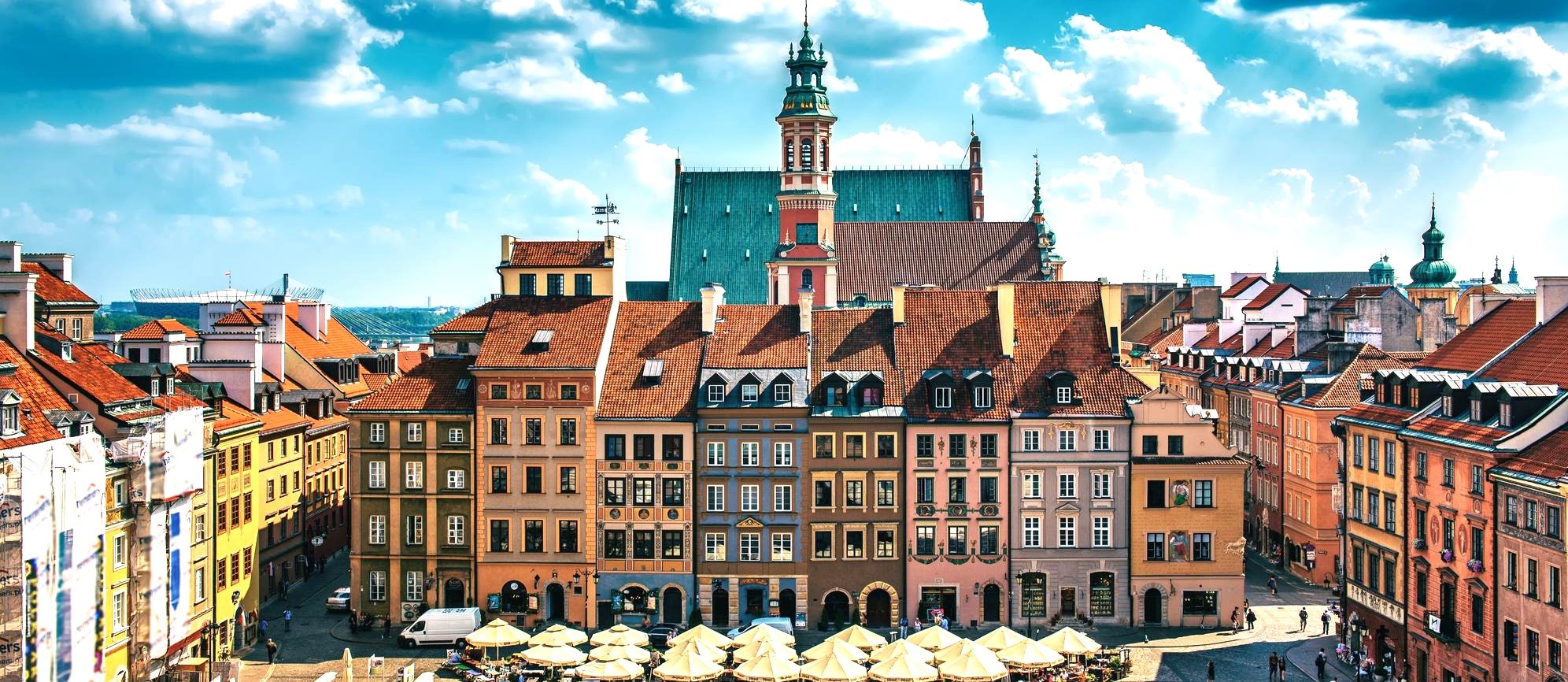 Vanhakaupunki
Vanhakaupunki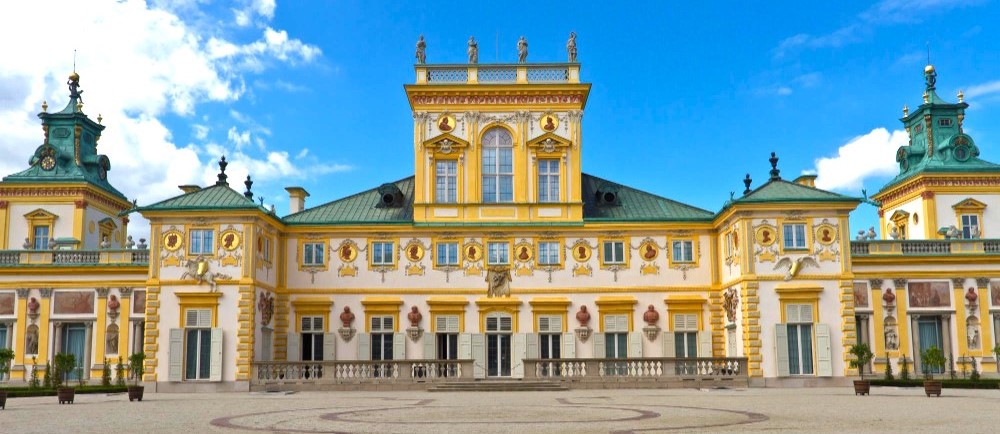 Wilanowin Palatsi
Wilanowin Palatsi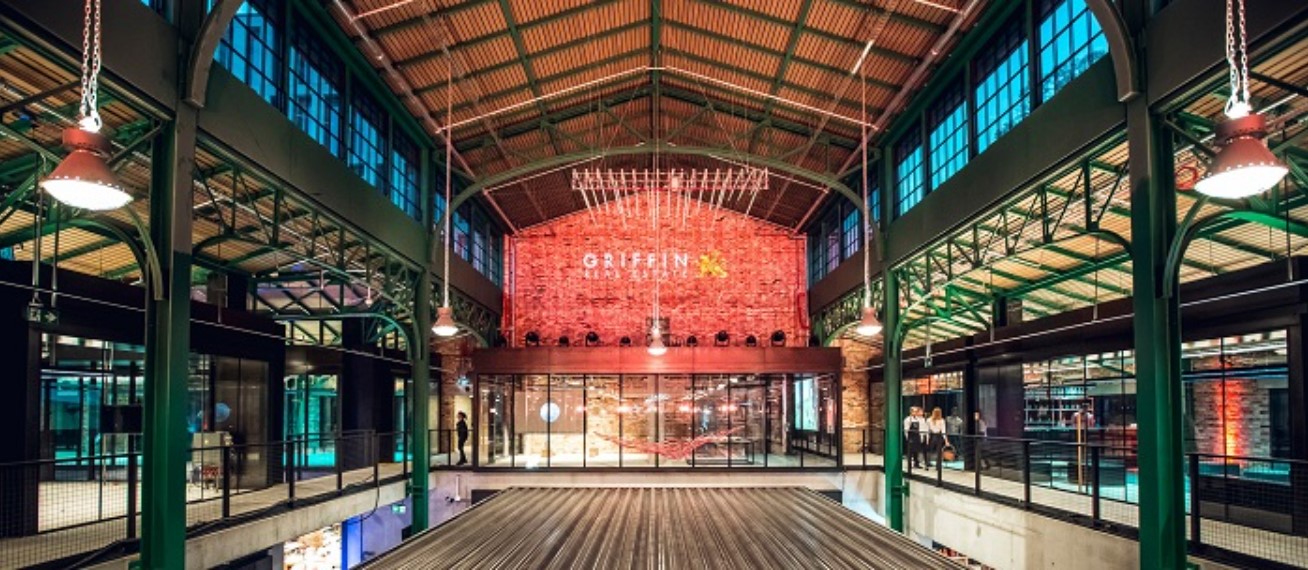 Hala Koszyki
Hala Koszyki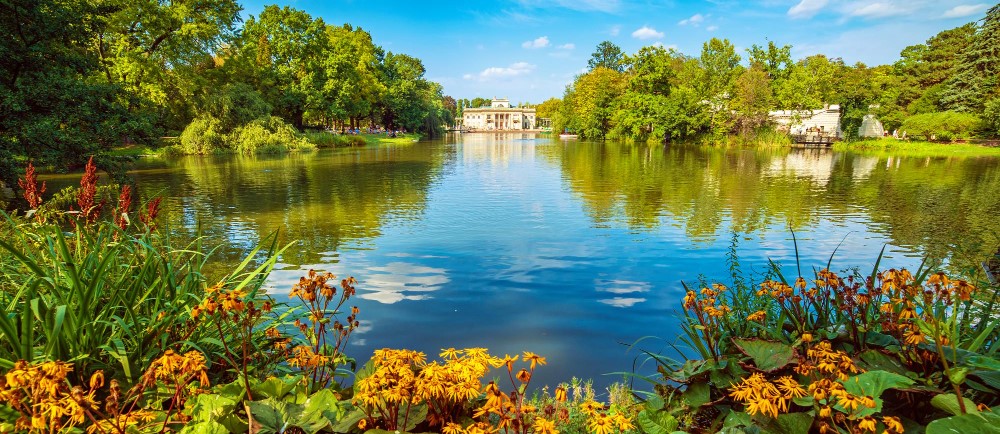 Lazienki Krolewskie
Lazienki Krolewskie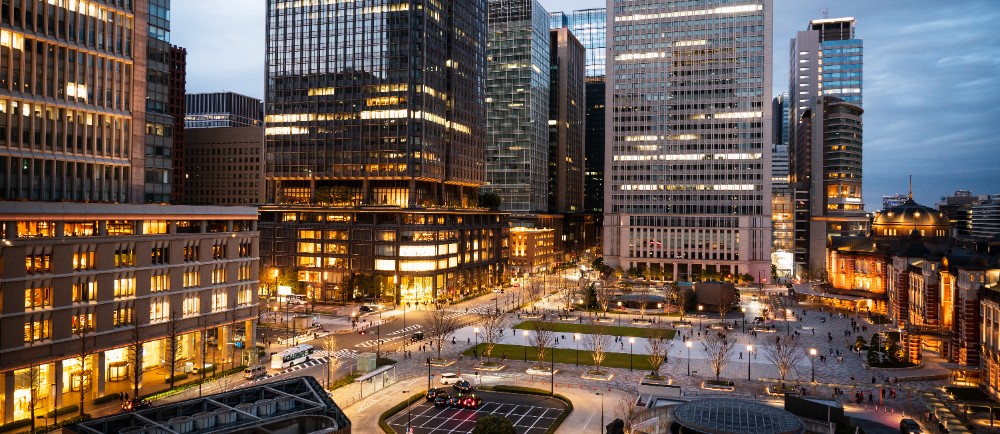 Varsova
Varsova
Suositut hotellit
Perustuu asiakasarvosteluihin ja varausten määrään
Lisätietoa
Varsova tarjoaa kattavan valikoiman aktiviteetteja niin rauhallista kuin urheilullistakin kaupunkilomaa viettävälle. Voit lähteä kiertämään suurkaupungin nähtävyyksiä polkupyörän selästä käsin tai hypätä kuunteluoppilaaksi risteilypaatille Veiksel-joelle englanninkielisen oppaan johdolla.
Pyöräilemään, patikoimaan ja ratsastamaan pääsee 20 kilometrin päässä Varsovasta sijaitsevassa Kampinoski Park Narodowy -kansallispuistossa. Kansallispuistoretken yhteydessä voi poiketa myös Żelazowa Wola -kylään tutustumaan säveltäjä Frédéric Chopinin synnyinseutuun.
Varsovassa toimii kuuluisa Kopernikus-tiedekeskus Centrum Nauki Kopernik joka tarjoaa kiinnostavaa nähtävää kaiken ikäisille matkaajille. Nikolaus Kopernikus oli 1400-luvulla Länsi-Preussissa syntynyt tähtitieteilijä, joka tunnetaan maailmalla aurinkokeskeisestä maailmankuvastaan. Kopernikus-tiedekeskus sijaitsee vain lyhyen matkan päässä Varsovan ydinkeskustasta ja sinne kulkee kätevästi bussilla sekä metrolla.
Matkallasi Puolassa suosittelemme sinua tutustumaan myös ajankohtaisiin elokuva- ja musiikkifestivaaleihin sekä Puolan kansallisoopperan ja -baletin tarjoamiin näytöksiin.
Parhaat ostoskeskukset ja pienet putiikit sijaitsevat Varsovan ydinkeskustan alueella. Niin vaatteiden, matkamuistojen kuin elintarvikkeidenkin hinnat ovat Suomen hintatasoon nähden edullisia. Etenkin puolalaiset nahkavalmisteet ovat Euroopassa arvostettuja hyvän hinta-laatusuhteensa vuoksi.
Käsitöitä, kuten värikkäästi maalattuja puunukkeja, keramiikkaa tai kirjailtuja pellavatuotteita pääsee ihastelemaan Varsovan vanhaan kaupunkiin Rynek Starego Miasta -torille. Vanhan kaupungin torialue on rakennuksiltaan kaikkein vanhinta Varsovassa, joten alue on siitäkin näkökulmasta mielenkiintoinen kohde.
Puolan ruokakulttuurissa yhdistyy keskieurooppalainen ja slaavilainen keittiö. Toreilta ja putiikeista voi ostaa maistiaisiksi muun muassa juustoja, makkaroita, hunajaa sekä erilaisia oluita. Muzeum Polskiej Wódki -vodkamuseossa pääsee opastetun kierroksen lomassa myös maistelemaan kuuluisia puolalaisia vodkia.
Makkaroista kannattaa laittaa korvan taakse savustettu ja kuivattu Kiełbaski myśliwska -sianlihamakkara, valkosipulinen ja tumma Kiełbasa weselna ja leivänpäälle sekä pizzan päälle sopiva Kiełbasa Żywiecka. Arvostetuin puolalaisista juustoista on Radamer jota saa ostettua sekä neutraalissa maussa sekä savustettuna. Bryndza Podhalańska taas on useimmiten lampaanmaidosta tehty raejuustomainen herkku.
Naapurivaltioidensa lailla myös Puolassa tuotetaan laadukkaita oluita. Varsovassa ollessaan voi maistella muun muassa rubiininpunaista, makean maltaista Amber Koźlak -olutta. Vaalea Brok on suosittu, perinteisellä tekniikalla valmistettu mieto lager. Jos tahdot päästä makumaailmoissa 400 vuoden taakse, suosittelemme ostamaan sitruksista Tyskie Gronie -olutta.
Varsova on kansainvälinen ja värikäs opiskelijakaupunki, joka näkyy nuorekkuutena yöelämässä. Varsovan yleinen hintataso on lähes 50 % edullisempi kuin Suomessa: 0,5 litran olut-tuopin saa ravintolassa 8–13 złotyllä (1,70 €–2,75 €). Miljoonakaupungissa illanvietto saattaa jatkua seuraavaan päivään saakka Veiksel-joen risteilypaateille tai ympäri vuorokauden auki oleville klubeille.
Mikäli suuntaat 13.–15.10.2022 välisenä aikana Varsovaan, päädyt keskelle Warszawski Festiwal Piwa -olutfestivaaleja. Nämä hienostuneet Puolan suurimmat artesaaniolutfestivaalit järjestetään vuosittain keväisin ja syksyisin.
Varsovan museot ovat useimmiten auki klo 10–18 välisenä aikana tiistaista sunnuntaihin. Jos aiot kiertää useita museoita lomasi aikana, suosittelemme ostamaan Varsova-passin. Vuorokauden voimassa oleva Varsova-passi kustantaa 89 złotyä (n. 18,9 €) ja kolmen päivän passi 199 złotyä (n. 43 €). Passilla pääsee rajattomasti jonojen ohi nähtävyyksiin ja sillä saa myös monista palveluista, kuten matkailijoille suunnatuista Puolan ruokakulttuurikursseista, alennusta.
• Illuusion maailman museo - Museum World of Illusion
• Frederik Chopinin museo - Fryderyk Chopin Museum
• Evoluution museo - The Museum Of Evolution
• POLIN - Puolanjuutalaisten historiamuseo - POLIN Muzeum Historii Żydów Polskich
• Puolan vodkamuseo - Muzeum Polskiej Wódki
• Nukketalojen, pelien ja lelujen museo - Museum of dollhouses, games and toys
• Zachęta - Puolan kansallinen taidegalleria - Zachęta - National Gallery of Art
• Ujazdowskin linna, nykytaiteen keskus - Ujazdowski Castle Centre for Contemporary Art
• Kommunismin museo - Museum of Life under Communism
• Maria Sklodowska-Curien museo - Muzeum Marii Skłodowskiej-Curie w Warszawie
Varsovan keskusta-alueen nähtävyydet sijaitsevat niin lähellä toisiaan, että ydinkeskustassa liikkuessaan parhaiten pääsee jalan tai polkupyörällä. Kaupunginosista toiseen kulkiessaan helpoiten matkan taittaa kaksilinjaisella metrolla, bussilla tai raitiovaunulla.
Lippuja on saatavilla niin lyhyelle aikavälille, kuin myös päiväksi tai useammaksi. Esimerkiksi 24 tunnin lippu aikuiselle kustantaa 15 złotyä, eli n. 3,17 €. 72 tunnin lipun saa ostettua 36 złotyllä eli n. 7,6 €:lla. Liput tulee leimata ennen bussiin/metroon/ratikkaan hyppäämistä.
Julkinen liikenne jaetaan Varsovassa zone 1 ja zone 2 -alueisiin. Zone 1 käsittää Varsovan kaupunkialueet ja tietyt läheiset kunnat. Zone 2 -alue sisältää kaupungit ja kylät Varsovan ulkopuolella. Mikäli sinulla ei ole suunnitelmissa lähteä kiertämään pienempiä kyliä lähialueille, pärjäät hyvin lomasi ajan zone 1 -alueen lipulla.
Mistä näitä lippuja sitten saa ostettua? Kätevin tapa on ostaa liput heti tullessaan Varsovan lentokentältä Warsaw Tourist Info -pisteeltä. Lippuja on myynnissä myös useissa kioskeissa, postipisteissä sekä marketeissa. Keskusta-alueella on myös paljon punaisia bilety -lippuautomaatteja, joista liput saa napattua kätevästi vuorokaudenajasta riippumatta.
Taksilla kulkeminen on Varsovassa varsin edullista. Aloitusmaksu on yleisesti 8 złotyä eli n. 1,7 €. Kilometritaksa on noin 2 złotyä eli vajaat 50 senttiä. Nousevat bensiinin hinnat vaikuttavat toki myös taksien hintoihin. Taksilla matkustaminen on suositeltavaa etenkin yöaikaan, jos kaupunki ei ole ennalta tuttu.
Nykyhetkessä Puolan pääkaupunki Varsova näyttäytyy trendikkäänä ja globaalina miljoonakaupunkina, jonka pilvenpiirtäjät valaistuksineen vetävät vertoja Yhdysvaltojen suurkaupunkien loistolle. Maan loistokkuuden nousu on kuitenkin tapahtunut vasta viimeisimpinä vuosikymmeninä. Puolan historia suurvaltojen jaloissa on täynnä kärsimystä, menetystä ja jälleenrakentamista.
Useat eri heimot ja kansat ovat asuttaneet Puolan aluetta jo kivikaudelta lähtien. Puolan valtio on nimetty erään germaanikansan polaanien mukaan, jotka muuttivat Rooman valtakunnan romahtaessa Keski-Euroopan itäisille seuduille. 1500-luvulla silloinen Puolan kuningaskunta muodosti valtioliiton Liettuan suurruhtinaskunnan kanssa, joka vahvisti Puolan valtaa Euroopassa. Samoihin aikoihin Euroopassa käytiin kiivasta vääntöä uskonpuhdistuksen ja vastauskonpuhdistuksen kannattajien välillä. Katolinen kirkko piti puolensa taistossa ja Puola onkin säilynyt Katolisena maana tähän päivään saakka.
1700-luvulla Puola jaettiin Venäjän, Preussin ja Itävallan kesken. Kansa kapinoi sinnikkäästi vieraita hallintoja vastaan – lopulta Puola liitettiin kokonaan Venäjän keisarikuntaan. Alue pysyi osana keisarikuntaa aina ensimmäiseen maailmansotaan asti, jolloin keskusvallat miehittivät alueen. Puolasta tuli Saksan nukkevaltio.
Toisessa maailmansodassa Saksa ja Neuvostoliitto jakoivat Puolan puoliksi. Juutalaisvainot, tuhoamisleirit ja muut siviileihin kohdistuneet raakuudet johtivat siihen, että toisen maailmansodan päättyessä jopa neljäsosa puolalaisista oli saanut surmansa. Heistä yli 3 miljoonaa oli vainojen kohteeksi joutuneita puolanjuutalaisia. Vaikka Saksa kukistettiin ja vanhat tuhoamisleirit lakkautettiin, puolalaisilla oli edessään synkät vuosikymmenet. Puolasta tuli vasten tahtoaan kommunistinen valtio, jona se pysyi 1990-luvun alkuun asti.
Kun ensimmäiset vapaat vaalit järjestettiin Puolassa vuonna 1990, ehdokkaita oli ehdolla yli sadasta puolueesta. Ajatus markkinatalouteen siirtymisestä kyti sosialistisessa valtiossa kasvaneiden ihmisten mielissä. Puolan talous lähtikin nopeasti huimaan nousuun 90-luvulla ja kansalaisten elintaso alkoi pikkuhiljaa kohenemaan.
Lentoyhtiöt: Useat eri lentoyhtiöt lentävät Suomesta Varsovaan.
Lentokenttä: Varsovan Frederic Chopinin Lentokenttä (WAW). Lentokenttä sijaitsee 10 kilometrin etäisyydellä Varsovan keskustassa sijaitsevista hotelleistamme.
Lentoaika: 2 tuntia
Kieli: Puola
Aikaero: -1 tuntia
Varsovan asukasluku: 38 miljoonaa
Passi: Suomen kansalainen tarvitse matkustusasiakirjaksi voimassa olevan passin.
Valuutta: Złoty (PLN), jakautuu sataan groszyyn. Myös euroja otetaan vastaan useassa paikassa.
Tippaus: Jos olet tyytyväinen palveluun, voit antaa halutessasi tippiä 5–15 % laskun summan päälle.
Hanavesi: Hanavesi on Varsovassa juomakelpoista yhtä lailla mitä meillä Suomessakin.
1. Lähde kävelylle Varsovan keskuspuistoon Ogród Saskiin. 1700-luvulla avatun keskuspuiston arkkitehtuuriin on haettu inspiraatiota Ranskan Versaillesista. Vehreään ympäristöön on kaivettu tekojärvi ja pystytetty suuri suihkulähde. Rakennuksissa näkyvät tutut antiikin Kreikan jumalat ja jumalattaret.
2. Poikkea Puolan viimeisen kuninkaan rakennuttamaan hienostuneeseen Łazienki Królewskie -puistoalueeseen. Alueella on ylväs palatsi, upeita puutarha-alueita ja museoita. Puistossa järjestetään myös Frédéric Chopin -konsertteja.
3. Vuokraa auto tai lähde bussimatkalle lähikyliin/kaupunkeihin! Suuremmat kaupunkikohteet kuten Lubin ja Łódź ovat kahden tunnin ajomatkan päässä Varsovasta. Retken yhteydessä kannattaa poiketa myös autenttisessa puolalaisessa maitobaarissa. Maitobaarit ovat ruokaloita, joista saa simppeliä puolalaista kotiruokaa edullisesti.
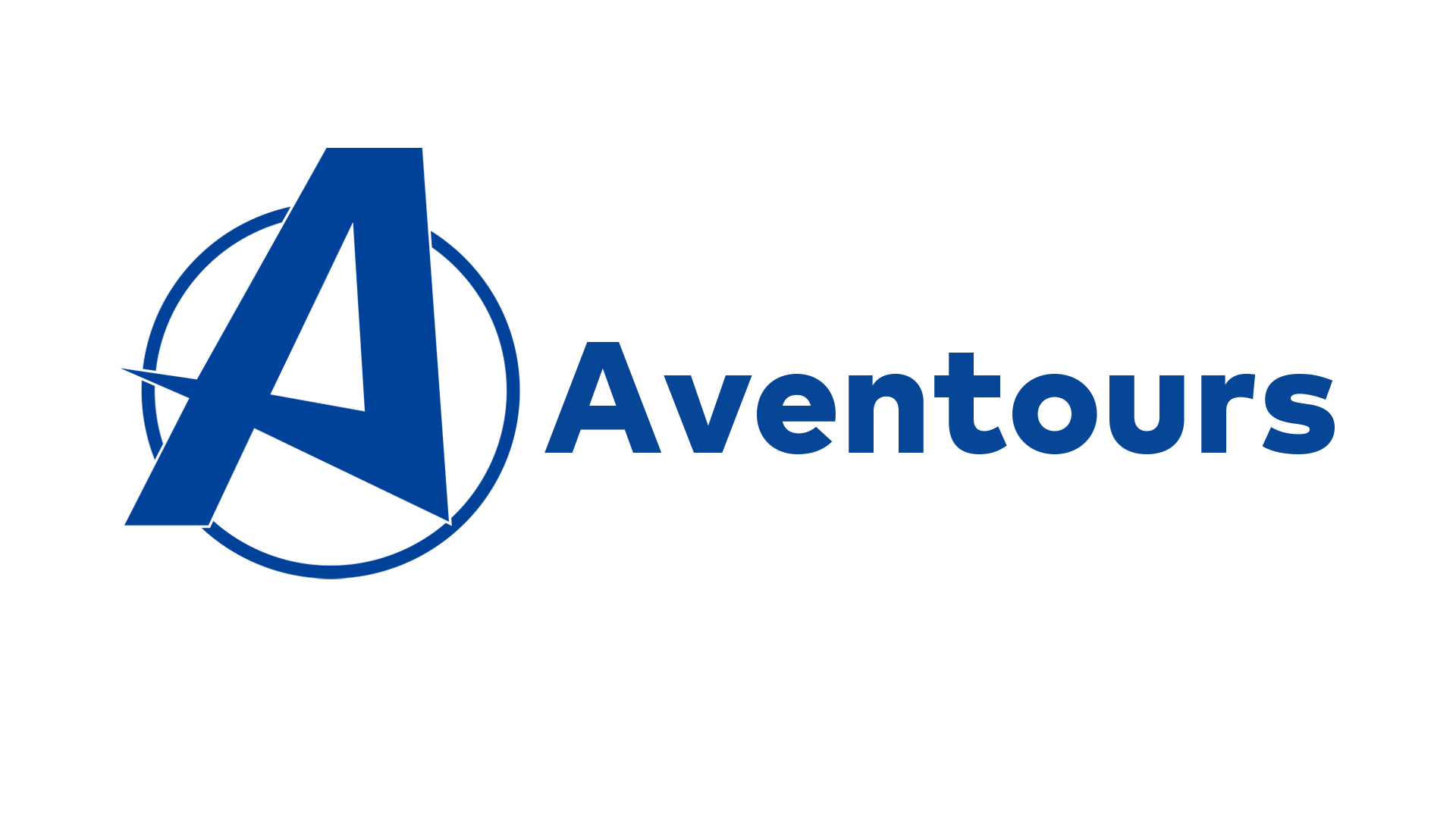
.png)
.png)
.png)
.png)
